How To Win the Propaganda War
Examining the many layers of propaganda in the 2020 blockbuster Chinese World War II movie "The Eight Hundred" about a heroic last stand during The Battle of Shanghai
Comrades: War is hell, but heroism and propaganda win them.
Every culture valorizes glorious last stands. Greece has the 300 Spartans of Thermopylae. America has Remember the Alamo. England has Dunkirk. Russia has Stalingrad. Many movies have paid tribute to these iconic moments in war history. Now China has The Eight Hundred of the 88th Division. Against overwhelming odds, outgunned and outmanned, they held off the Japanese onslaught for four days from October 27-31, 1937 at the Sihang warehouse during the Battle of Shanghai.
The Eight Hundred was the second highest grossing film globally in 2020 with $500 million, but few Americans have seen it. Now it is available on Amazon Prime. It is the best war movie produced by China for modern audiences. They spared no expense to construct a replica city for $80 million and hired top Hollywood visual effects magicians. The battle scenes and drama were riveting, rivaling any American World War II film. History has forgotten the brutal, bloody fighting in the Chinese theater of the war. Yet the real lesson is about many layers of propaganda within the movie and the saga around its release.
Lieutenant Colonel Xie Jinyuan volunteered to lead the 524th Regiment of the 88th Division in its last ditch defense of Sihang warehouse. He only commanded around 400 soldiers, but called it 800 to appear more formidable to the Japanese division of 20,000 bearing down on them. Kuomintang Generalissimo Chiang Kai-shek withdrew all remaining troops of the Republic of China’s National Revolutionary Army because the location made no sense strategically, but left behind Xie’s rear guard for vital propaganda purposes. The warehouse was right across the Suzhou Creek from the safe Shanghai International Settlement. He knew the Japanese could not use heavy artillery so close to Western civilians and that the world’s media would see all the action up close to garner sympathy. The 800 were sacrificial actors performing a suicide mission on a global stage.
In a strange twist of history, the elite 88th Division was trained and equipped by the Germans. Note Colonel Xie’s helmet:
As the battle rages and escalates, we see the perspectives of hell and heaven from both sides of the river. Chinese soldiers make valiant sacrifices to hold off wave after wave of Japanese attacks. At the height of the vicious close quarters fighting, one private jumps onto a Japanese squad with an explosive vest and kills them all. That only happened once in reality, but the producers stretched history here with multiple kamikaze acts. Journalists and civilians, initially apathetic and trying to get on with life as usual, become inspired watching the soldiers’ bravery.
Leading up to the movie’s climax, a brave girl scout named Yang Huimin swims across the river to smuggle the Nationalist flag to the regiment. She returns with a roster of names to secure their legendary immortality. They raise the flag on the warehouse roof in a triumphant scene reminiscent of Iwo Jima. A jubilant crowd of 30,000 cheers “Long live the Republic of China!” The camera view shifts back and forth between the movie directors and what actor journalists inside the movie are capturing with their old equipment. We get a rare meta glimpse at how propaganda is manufactured in real time.
The Battle of Shanghai was a military disaster, but the 88th Division’s last stand at Sihang warehouse was a propaganda victory. Chiang Kai-shek lost half of the 700,000 troops under his command, including a catastrophic portion of his irreplaceable elite units and officers. Yet the media coverage of Colonel Xie and his men gave 400 million Chinese people the courage to fight on. Foreign support swelled and the tide turned. Sadly, Xie was assassinated a few years later and his surviving soldiers were imprisoned by the Japanese after the foreign concessions turned them over. Today, the Sihang warehouse is a museum that still has bullet holes and battle scars.
Although the Chinese prevailed in 1945, they are still not free. The Chinese Communist Party defeated the KMT Nationalists in 1949 following a civil war and have maintained an iron grip on power ever since. During the 20th century, ~100 million Chinese were killed by war and their own government - more than any other country. The Eight Hundred’s release was delayed for several years because the flag that the soldiers fought and died for was KMT Nationalist flag, which remains the sworn enemy of the ruling CCP. A war over Taiwan could break out between them at any moment.
Will we see history repeat with more propaganda and last stands?
How To Commemorate the Tiananmen Square Massacre of June 4, 1989
Comrades: Know your history. Today marks the 35th anniversary of the June 4, 1989 Tiananmen Square Massacre. In modern clown world, we are living through a simultaneous slow-motion Tiananmen Square and Cultural Revolution.
Note how the movie poster intentionally hides the flag:
Echoes of Iwo Jima:
For more details on the historical accuracy of the film:

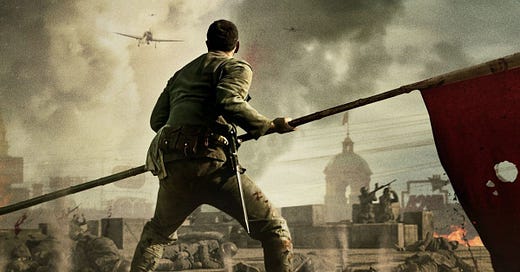


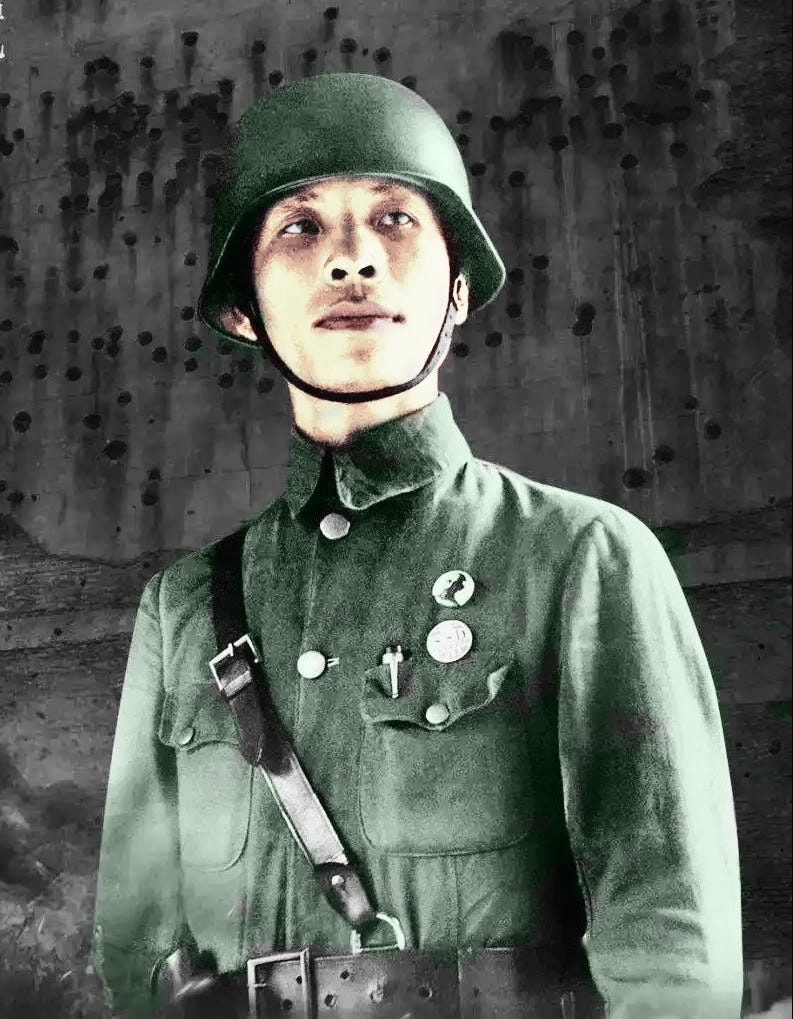
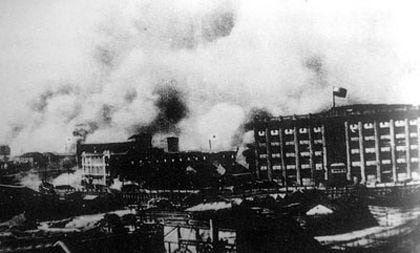

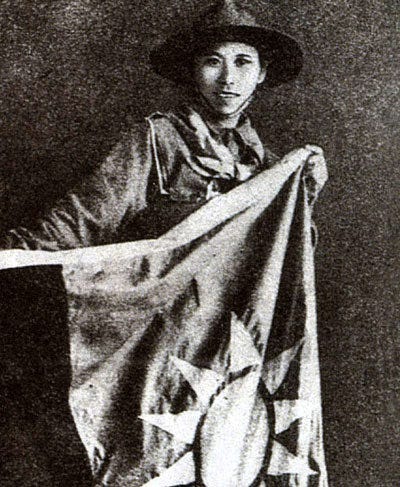
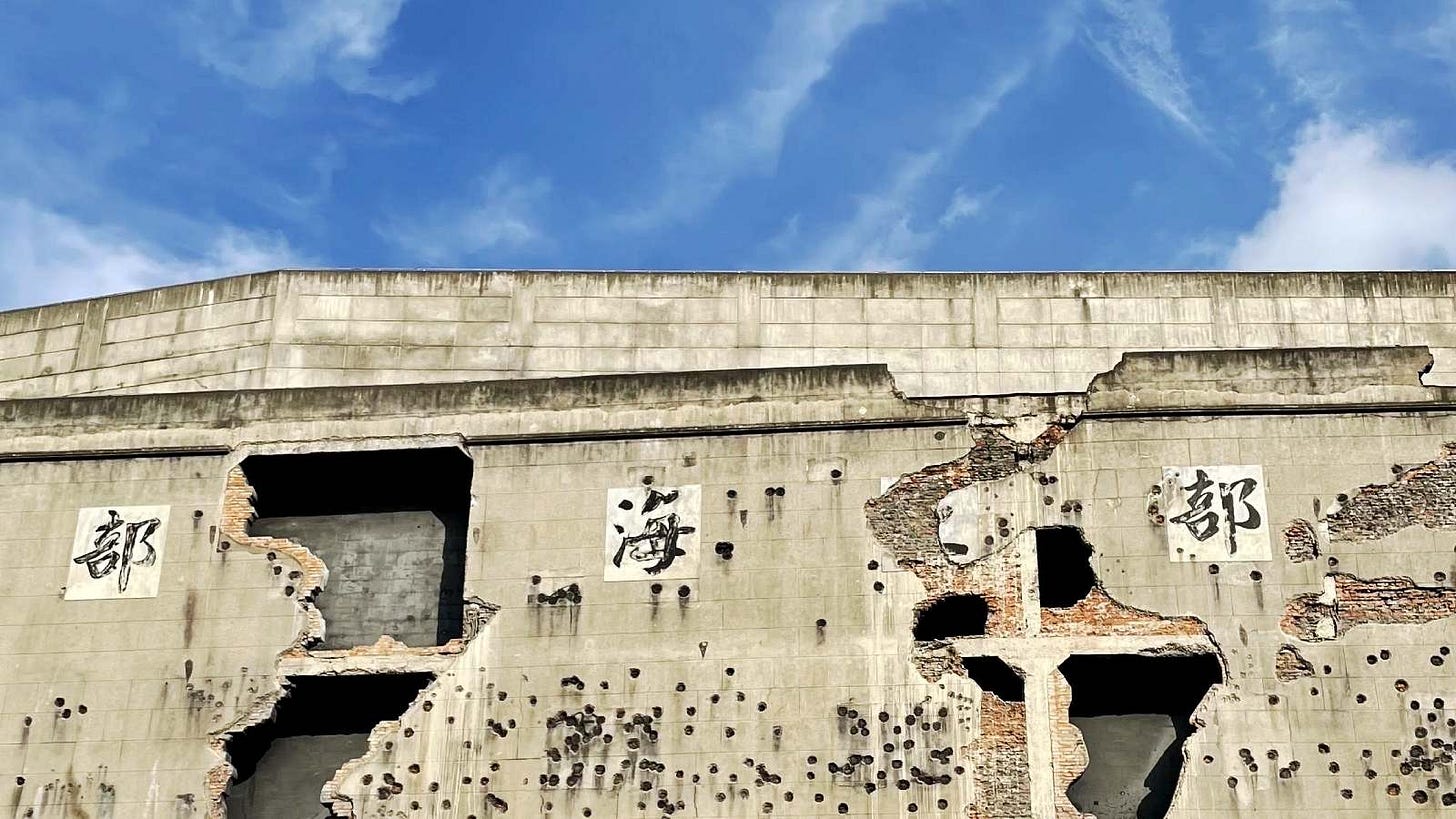
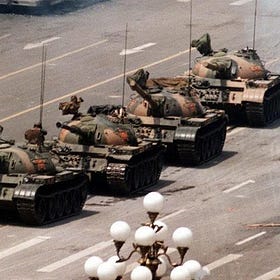
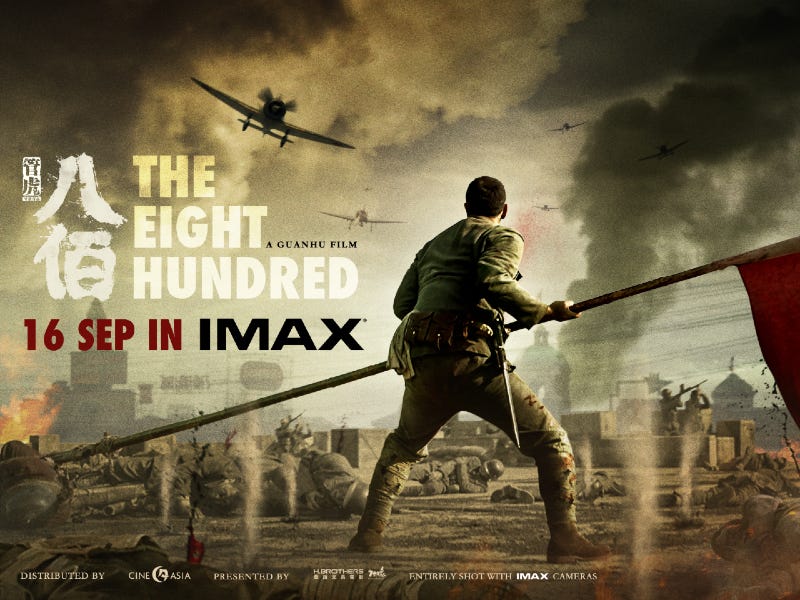
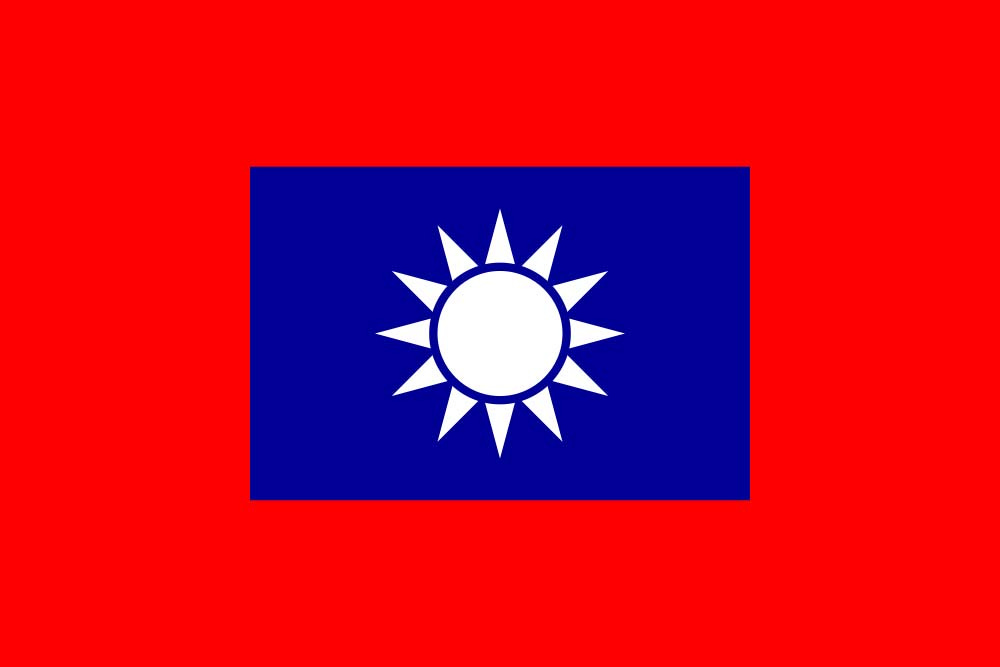
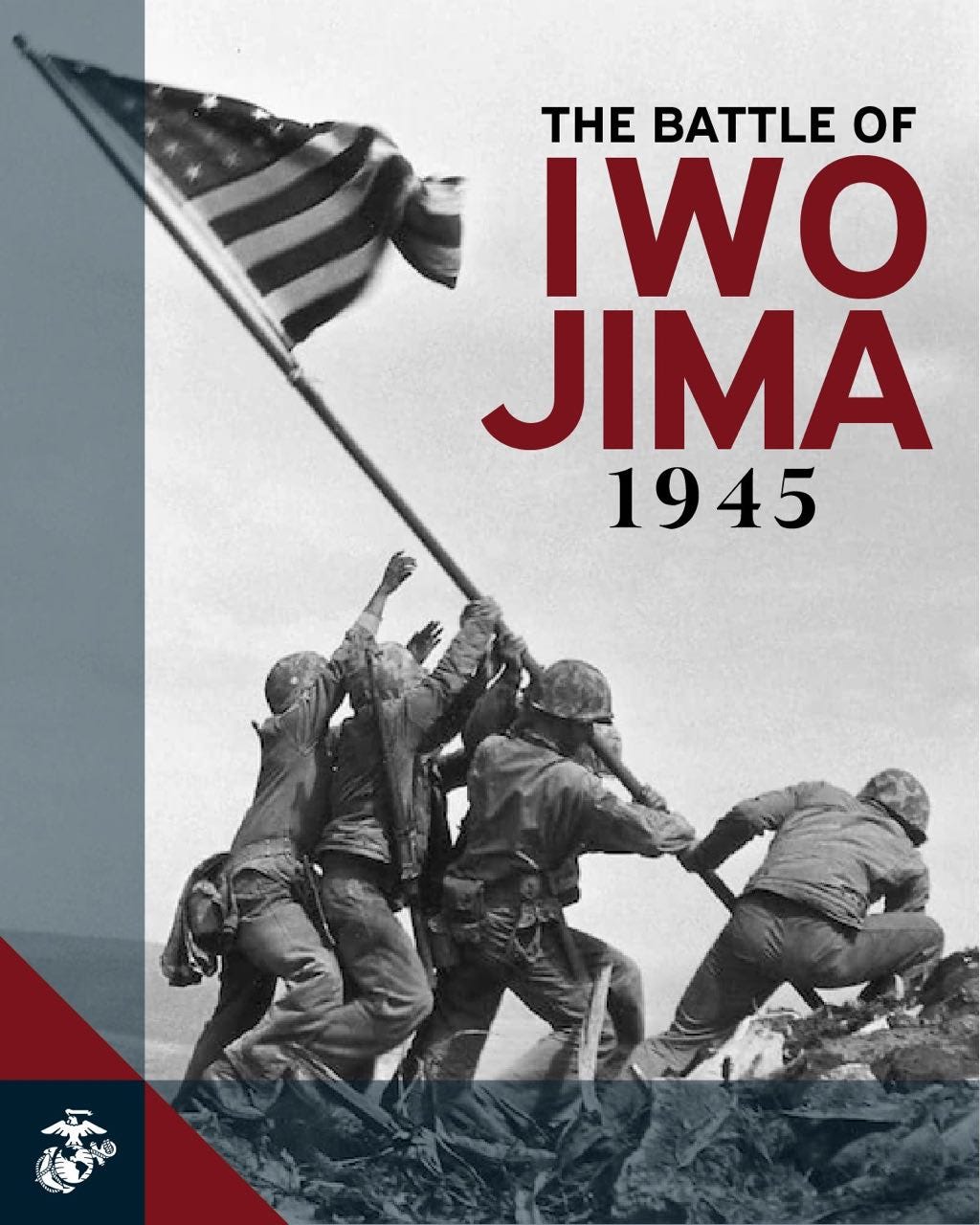
Thanks, I started watching this but had a hard time getting past the awful dubbing. To me, it's less distracting to read subtitles. I'll give it another try.
The Tet Offensive is the direct opposite of the heroic defenses you mentioned. An overwhelming American victory spun into a war-changing defeat. Made possible by a cynical government lying to its citizens about the enemy's capabilities, plus, of course, the media.
Interesting history lesson. Too bad war and murder are the main events. No government survives by ever telling the truth because then people would plainly see there is no use for government at all.